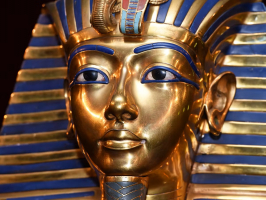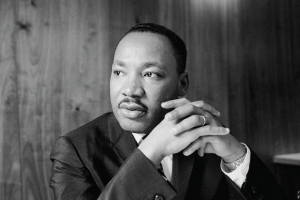Top 9 Interesting Facts about King Gillette
Everyone agrees that the disposable Gillette razor was a fantastic product. Even more than the shaving razor industry itself, it transformed. King Gillette was ... read more...a salesperson who created a disposable razor and started a business to market and sell them. His invention and marketing produced a novel company idea that is still in use. Follow these most interesting facts about King Gilette to know more about him!
-
One of the most interesting facts about King Gilette is he had a tough early life. King Camp Gillette, the son of George Wolcott Gillette and Fanny Lemira Camp, was born on January 5, 1855, in Fond du Lac, Wisconsin. He had two sisters in addition to being the youngest of three sons. His royal first name paid homage to a Judge King who was a close friend of George Gillette, according to biographer Adams.
Gillette described his mother as "serene" but also as a "stern disciplinarian, always in control of her household," and his father as "a sometime postmaster, weekly-newspaper editor, and inventive thinker." She most likely had an impact on King Gillette's lifetime commitment to efficiency and abhorrence of time waste. Young Gillette was raised and educated in Chicago, Illinois after the Gillette family relocated there. The Gillette boys were encouraged to use their hands to create things, to discover how things function and how they may be improved.
The city of Chicago was destroyed by fire in October of 1871. After losing everything, Gillette's father decided to relocate his family to New York City. The 17-year-old Gillette remained in Chicago and worked as a clerk for a distributor of hardware. He accepted a post in New York City two years later. When he was 21 years old, a Kansas City, Missouri company hired him and advanced him to a traveling salesperson position.
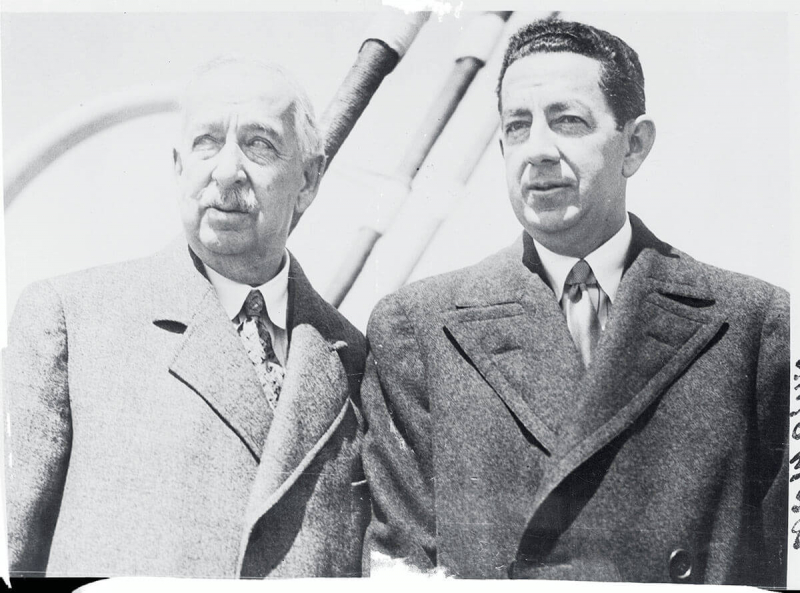
Photo: https://historybyday.com/ 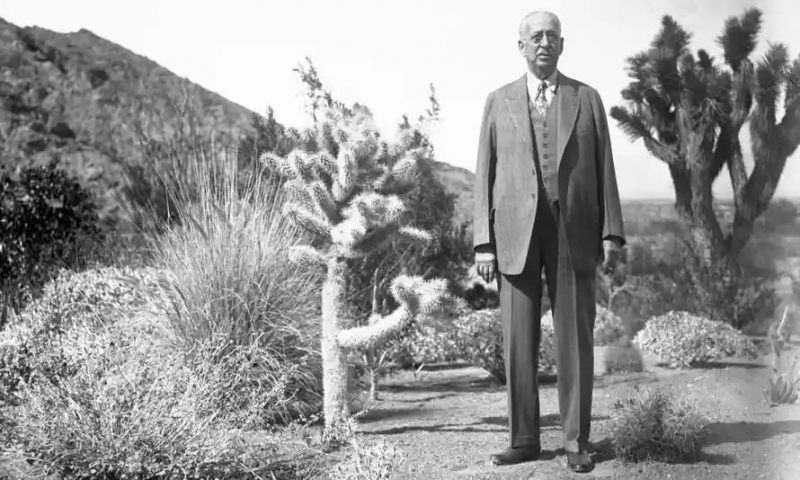
Photo: https://www.theguardian.com/ -
In the ensuing 20 years, Gillette held several occupations before finding success as a traveling salesman. He adored "tinkering" and made numerous unsuccessful attempts to create new things. Along with being a voracious reader, Gillette had strong political opinions. The social and economic structures of the United States needed to undergo significant upheaval, according to him. Atlanta Ella Gaines, sometimes known as Lantie, was the daughter of an Ohio oilman when Gillette wed her in 1890. King Gaines Gillette, sometimes known as Kingie but addressed by his father as "Babe," would be their only child.
King Gillette had four patents, but by 1890 none of his discoveries had attracted a lot of attention. Then, in contrast to King, his parents had greater success
Gillette was an extremely busy man in the 1890s. He had to take care of his family. He had visions of a utopian society—one that is flawless and faultless. He continued to develop his creation as well. In 1895, when he first had the thought that would forever alter his life, Gillette was already well-known in the extreme political scene. Gillette was driven to finish his book of thoughts and political opinions, maybe inspired by his mother who, after 35 years of gathering and testing recipes and household advice, had written the best-selling White House Cookbook. The Human Drift, Gillette's manifesto for his ideal society, was completed in 1894. The popularity of Gillette's innovation, which was set to become the most significant idea in his life, would never be matched by his political beliefs or visions, though.
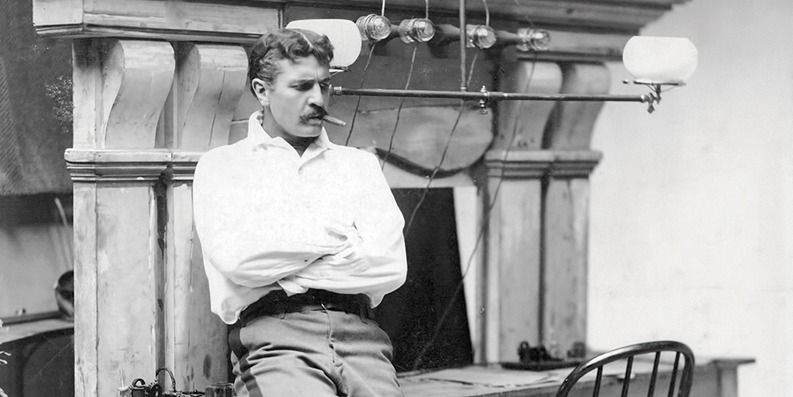
Photo: https://www.pinterest.com/ 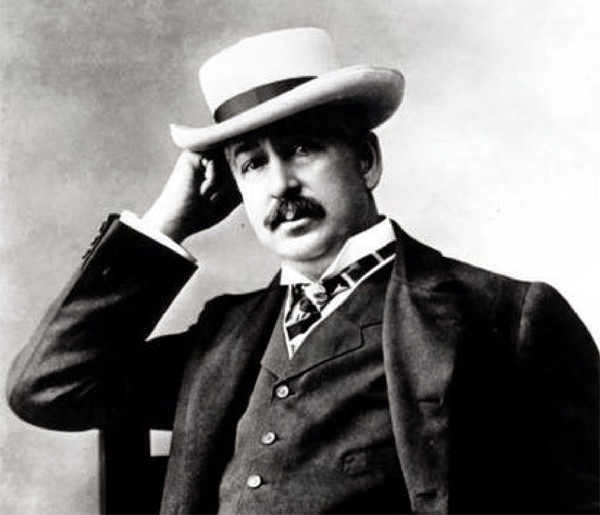
Photo: https://www.pinterest.com/ -
King returned to Wisconsin in 1895, when he was 40 years old. For New England and New York, Gillette started working for the Baltimore Seal Company as a salesperson. Soon after Gillette joined the business, William Painter, the company's president, created a better stopper: a crown bottle cap that would crimp over a bottle top. Painter renamed the business Crown Cork and Seal Company once the stopper became the norm in the bottling sector.
Gillette and Painter were considered to be "kindred imaginative spirits" and to have a close personal and professional relationship. Gillette and Painter had a crucial chat in 1891 during which Painter urged him to start developing a product that would be thrown away after usage to keep customers coming back for more. Gillette gave it some thought. He said in retrospect that he grew fixated on Painter's statements. This story is considered one of the most interesting facts about King Gilette.
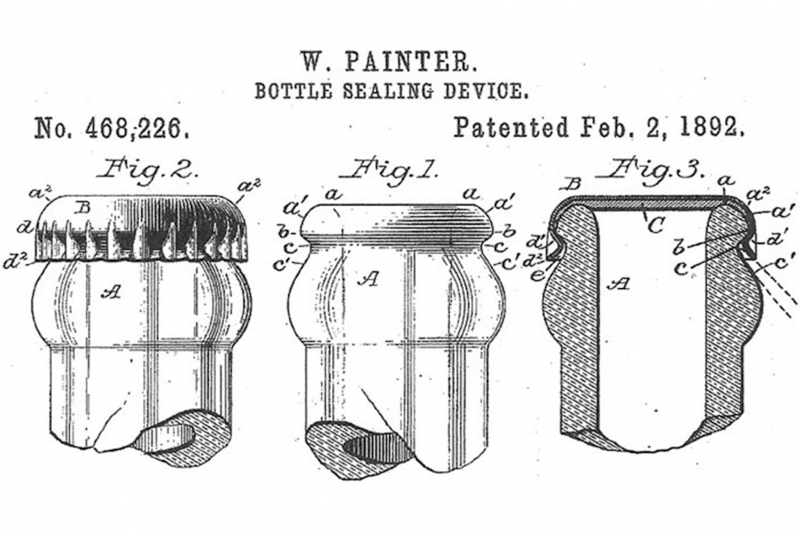
Photo: https://tinhte.vn/ 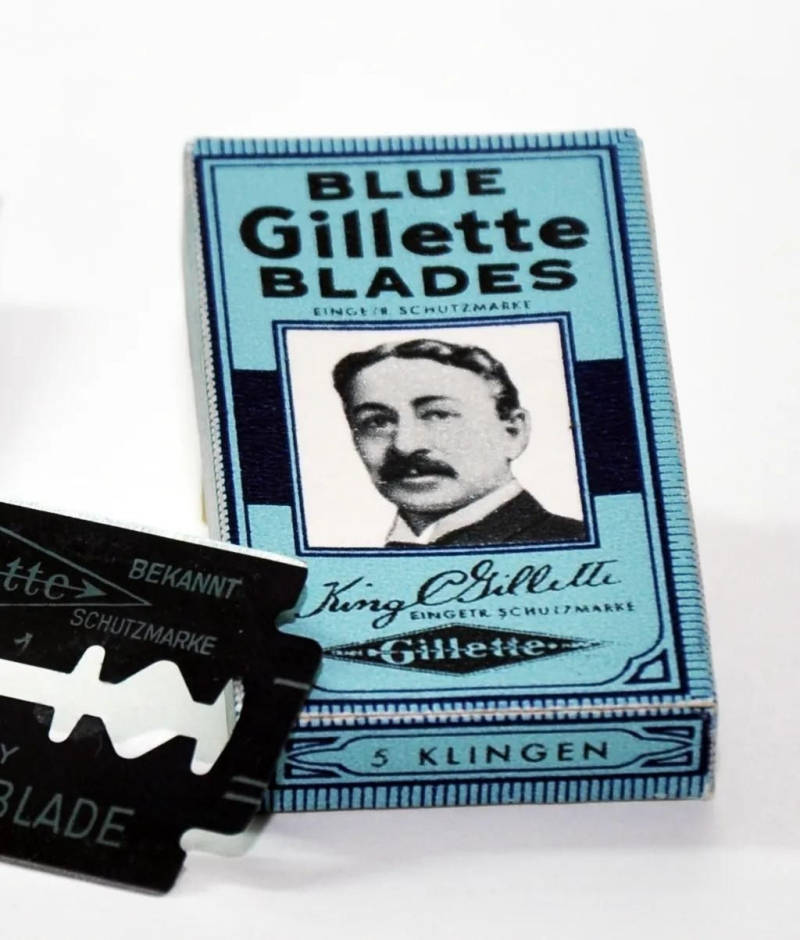
Photo: https://innowiki.org/ -
Later, King Gillette became annoyed because the straight-edge safety was dull and would not cut as he prepared to shave his beard before heading to work. King was unable to even sharpen his razor because this was so old. Given that it is risky to cut anyone's throat, the straight-edge safety was given the nickname "cut-throat razor."
A fascinating truth about King Gillette is that he immediately came up with the idea for such safety, which won't need to be sharpened by stropping and honing. He imagined disposable safety blades, which the manufacturer would sharpen and then dispose of after use. In contrast to that straight-edge razor, this would be secure and safe to use.
Men have been shaving since antiquity, according to history. Sharp objects were once used as razors, as seen in cave paintings. Razors made of gold and copper have been discovered in Egyptian tombs. The steel straightedge razor was developed in England in the 1700s, but it was dangerous to shave with this pointy, uncovered blade. The traditional straightedge razor persisted in use until Gillette introduced the disposable blade in 1901, despite attempts to create better and safer tools.
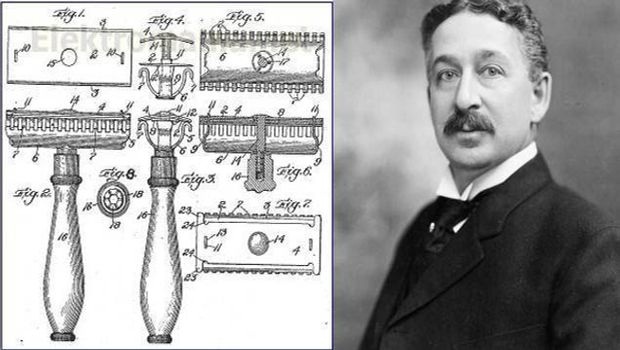
Photo: https://bankadunyasi.com/ 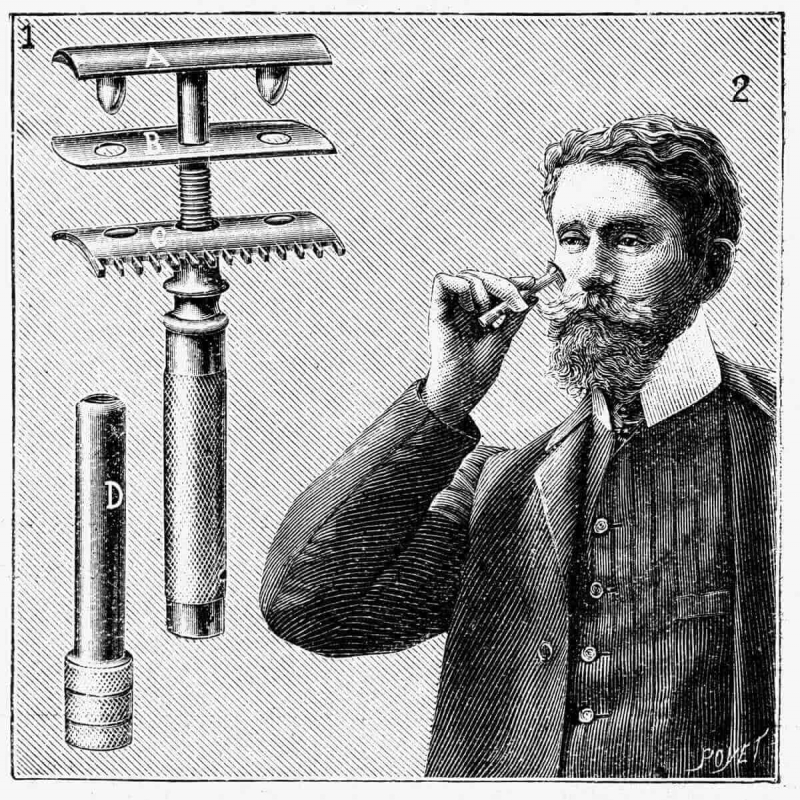
Photo: https://historybyday.com/ -
In a hurry, Gillette went to a hardware store and "purchased steel ribbon, some pieces of brass, files, and a small vise, and began creating a model of his idea" that very day. The following letter from Gillette to his wife, who was in Ohio visiting her relatives, began, "I have got it; our money is made."
Gillette had big expectations of himself. He had the intention of "first building a better world, then a better razor blade." Over the next few years, he had trouble achieving both of his objectives. He applied for the first patent on the invention he had created four summers earlier on August 11, 1899, describing it as "novel in the art of razor manufacture and use." Technical experts informed Gillette that it was not possible to produce steel that was hard, thin, and affordable enough to be used to make disposable blades in the interim. Gillette did not back down.
Early in 1900, his luck changed. Gillette met Massachusetts Institute of Technology alumnus William Emery Nickerson through shared business contacts. Nickerson was recognized for taking a little idea and turning it into a reality. He was a skilled inventor but not much of a businessman. Nickerson consented to participate in the endeavor. An interesting detail about King Gillette is that it took them around five years and a significant amount of their capital to find someone who would give them a machine that will sharpen thin metal sheets. When that happened, he was 45 years old.
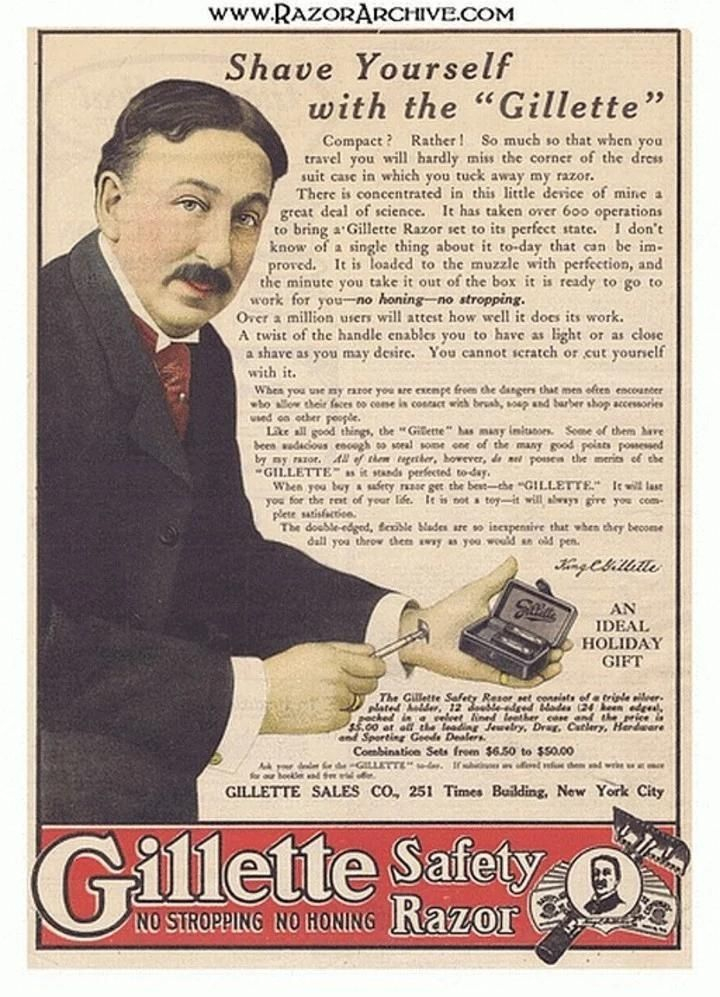
Photo: https://www.clarin.com/ 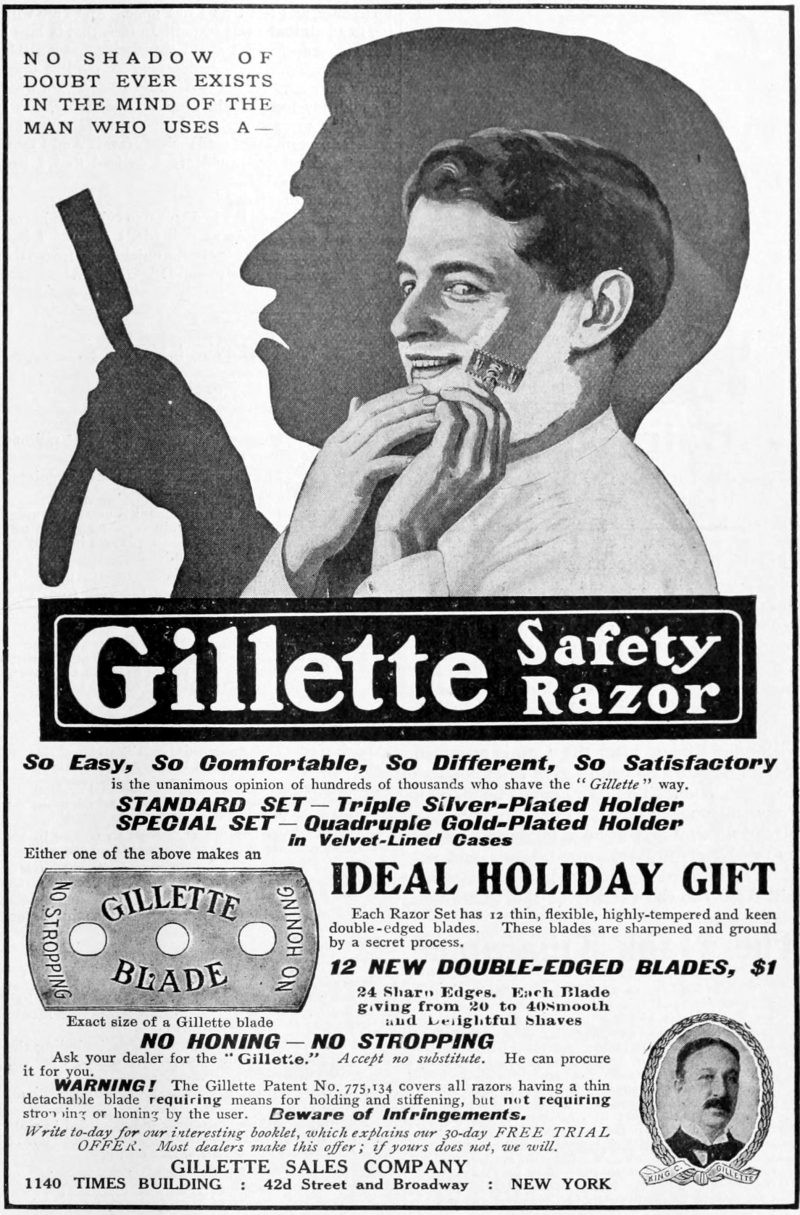
Photo: https://commons.wikimedia.org/ -
Along the process, William Emery Nickerson and Gillette had disagreements. Regarding the company's name, they couldn't agree. In September 1901, the American Safety Razor Company was established, with Gillette serving as president. Gillette was merely the president of the Gillette Safety Razor Corporation in the name; if he were a king, he lacked an actual kingdom. The business was still without a product to market.
By 1903, Gillette had acquired the requisite financial support, while Nickerson had devised the required design and manufacturing equipment to produce the razor blades. The product's name presented the next conundrum. According to the website Engines of Our Ingenuity's "King Camp Gillette" section, Gillette thought "if they called a razor blade a Nickerson, that was too suggestive of cut skin." In the end, the product was given the Gillette name. The razor would turn out to be an immediate hit.
They eventually created a flawless double-edged safety blade that, along with its handle and adjustable head, fits into a specially constructed holder. They also received a patent in 1901. They both started selling their razors in 1903, though.
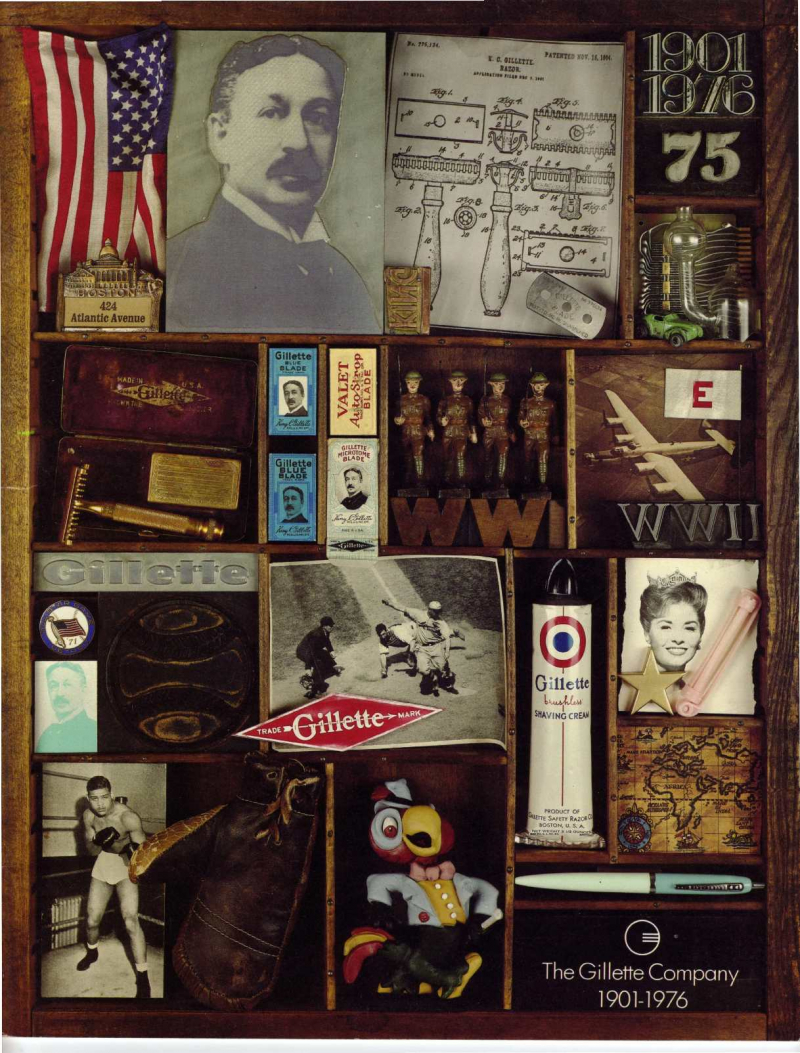
Photo: https://en.calameo.com/ 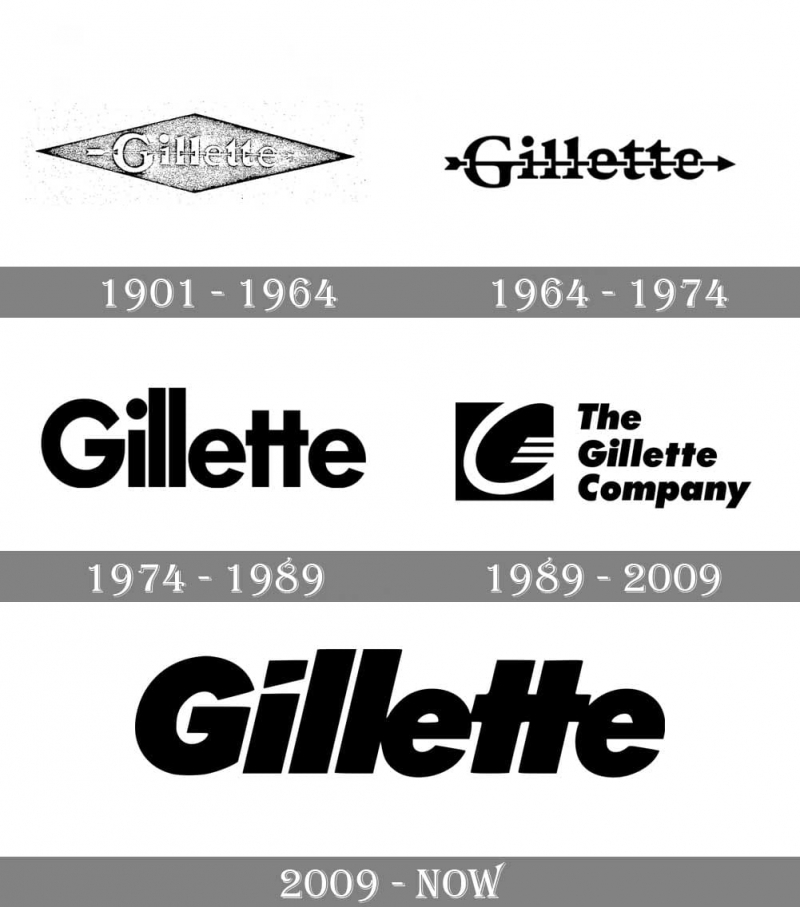
Photo: https://1000logos.net/ -
Known as one of the most interesting facts about King Gilette, he was expanding his business in later year. Gillette produced 90,000 razors and 12,400,000 blades by the conclusion of his second year in business. Sales of the disposable razor expanded rapidly as a result of its great popularity. Because his image was printed on billions of blade wrappers, Gillette became one of the most well-known persons in the world. Men who tried the product praised it and were pleased with its results. The razor gives you a clean, smooth shave that leaves your face feeling as soft as velvet, according to one user. Another customer claimed that using a Gillette razor reduced the time he spent shaving from 20 to 5 minutes.
Razor blade production costs were initially far greater than the selling price. Interesting truth about King Gillette is that they ,therefore, sold razors at a loss to grow their company. To increase razor sales, Gillette had the brilliant idea to offer all of its products for free. This was a large-scale marketing initiative. In 1904, King received a patent for his double-edged safety razor invention. His business was dubbed the Gillette Safety Razor Company.
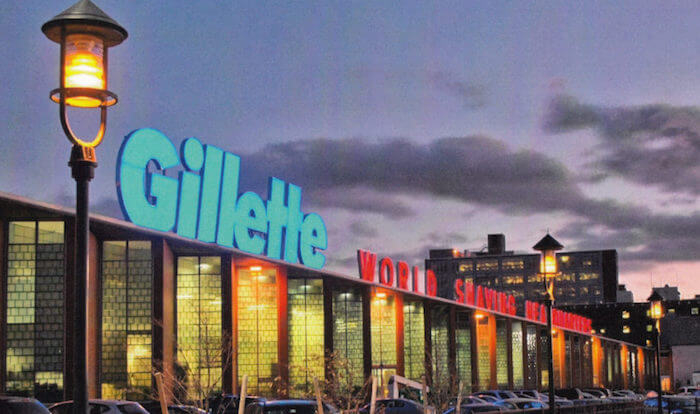
Photo: https://caughtinsouthie.com/ 
Photo: https://www.talkesport.com/ -
Competitors worked hard to steal King's ideas and circumvent their patents. He then invested a lot of money and time in legal proceedings to defend his rights. When King was 55 years old, in 1910, his company began to rule the safety industry, and he rose to the status of a successful businessman.
Gillette traveled to England after resigning as president. Gillette Safety Razor Company benefited greatly from World War I. All recruits received Gillette shaving kits along with their uniforms and weapons before the end of 1917. Christine Chen and Tim Carvell further stated that "During World War I, Gillette delivered 3.5 million razors and 36 million blades to U.S. soldiers, developing a foundation of customers who kept coming back for refills even after the Treaty of Versailles." in an article on the Fortune magazine website. Gillette was a prosperous guy, and the business thrived.
Regarding the company's signature item, the safety razor, Gillette said (as cited on the Gillette Company website) in 1926 to mark the company's 25th anniversary "There is no other item for personal use that is as well known or accessible to everyone. In my travels, I've discovered it in the Sahara Desert's center and the town in Norway with the highest elevation."
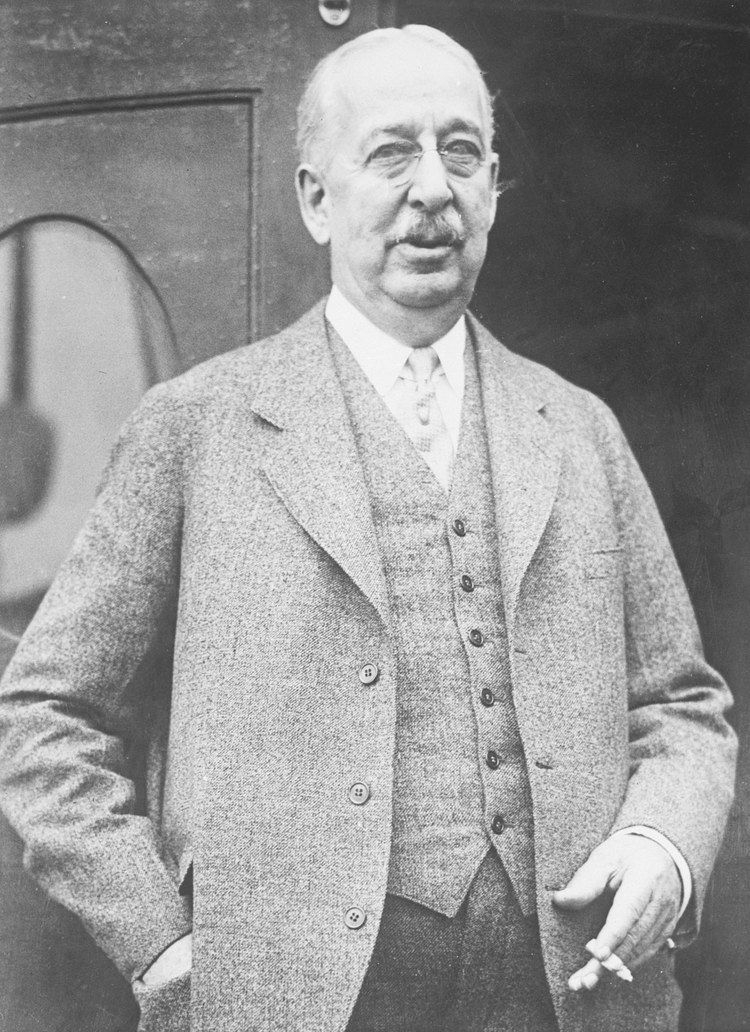
Photo: https://alchetron.com/ 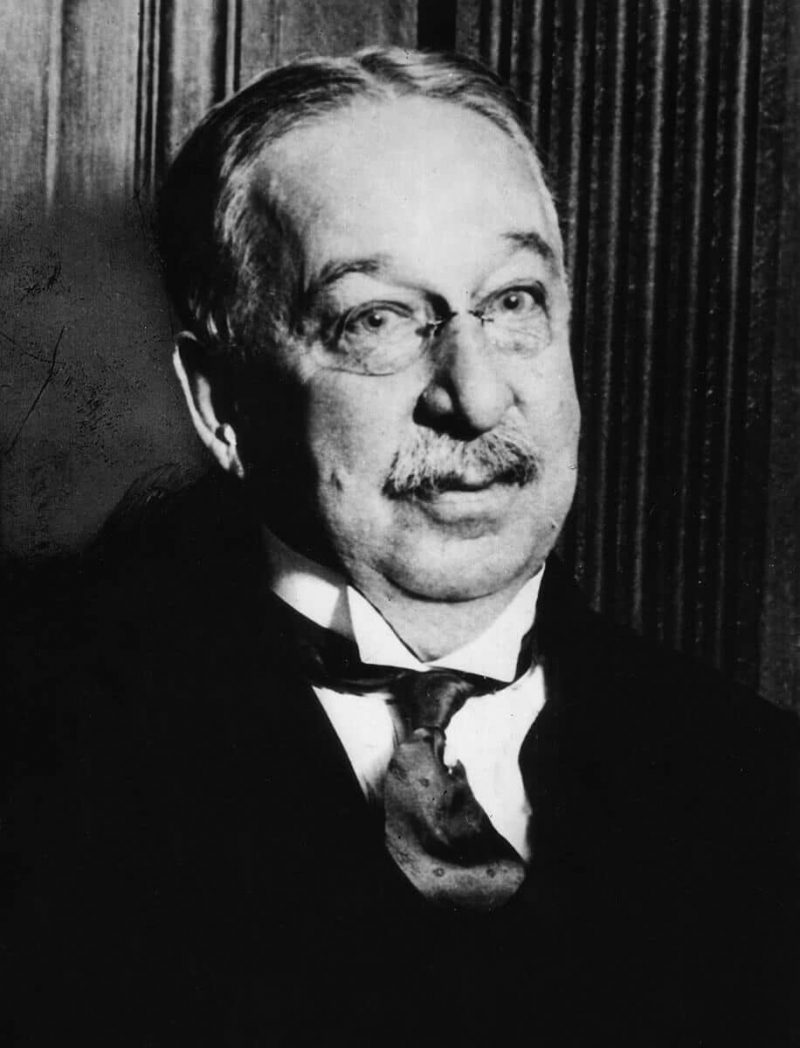
Photo: https://historybyday.com/ -
Before perfecting his creation of the safety razor and establishing what would later grow to be a significant American industrial and sales enterprise, Gillette wrote several books and pamphlets advocating for fundamental reforms in the economic and social structure of the nation. Gillette transferred his attention to publishing books, in which he disseminated his thoughts on utopian socialism after he resigned from active engagement in his business in 1913 (although he remained president until 1931). Gillette's books included The Ballot Box (1897), World Corporation (1910), and The People's Corporation in addition to The Human Drift (1894). (1924). His opinions were also covered in two additional publications by Melvin L. Severy, Gillette's Social Redemption (1907) and Gillette's Industrial Solution (1908).
For optimal effectiveness and water supply, Gillette also planned a "Utopian city," or "Metropolis," that would be situated close to Niagara Falls. There would be millions of people living in enormous apartment complexes. Because of the way the dwelling is set up, there wouldn't be many routine daily tasks. Economic competition wouldn't exist because there would be "universal cooperation".
While some of Gillette's proposals, including government-provided employment for the unemployed, have come to pass, his ideas for a "World Corporation" and "Metropolis" have not. His intriguing economic and political theories have all but been forgotten since the world was more interested in the clean, close, safe shaves that Gillette's razors provided.
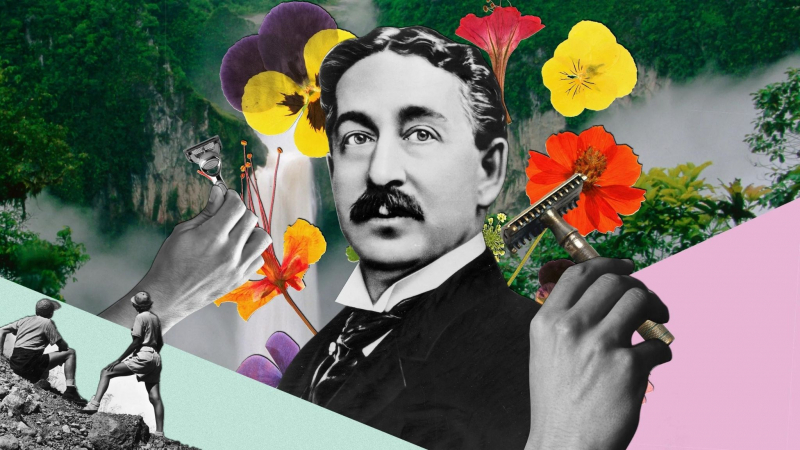
Photo: https://www.allure.com/ 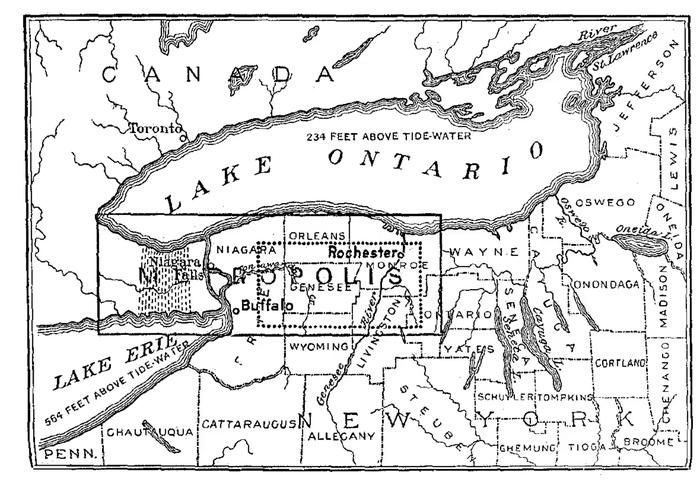
Photo: https://www.theguardian.com/











